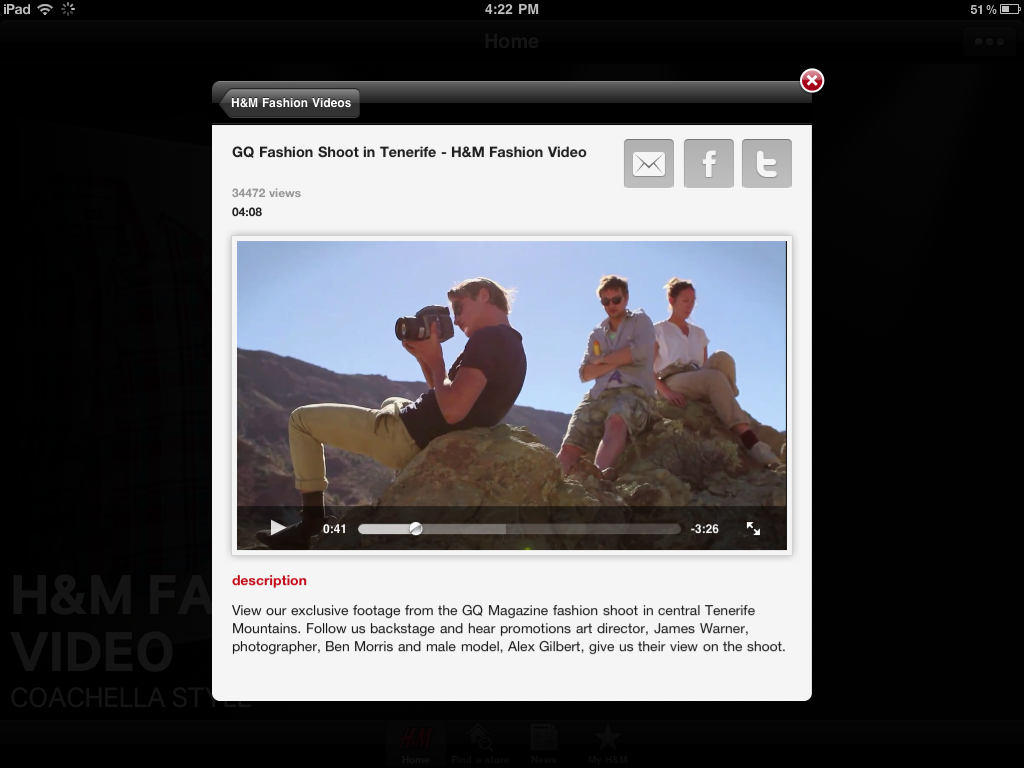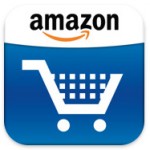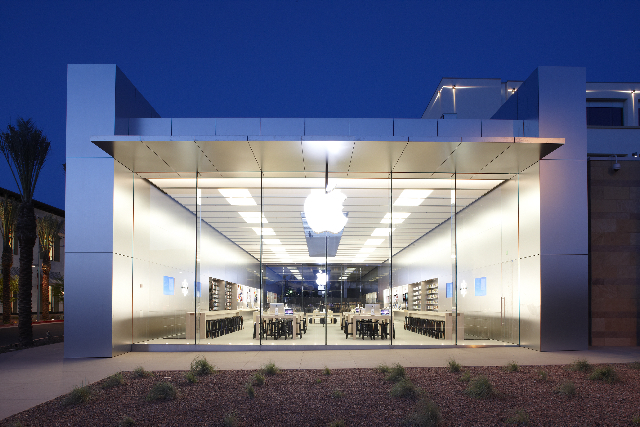
A recent favorite TV spot, Everything Computes, IBM's latest ad in its Smarter Planet series, does a great job driving home the concept of digital pervasiveness and the new opportunities opening up for brands, products and people.
Part 3 of 3
Picking up where we left off in Digital Nomads – Part 2, recently, I attended a mobile optimization webinar hosted by Google. The webinar was great, but what I really enjoyed was the video linked below.
Now that we’ve witnessed the shift to external connected environments and the mobile-computing empowerment of the masses, I’d like to discuss how these changes and new emerging consumer behaviors are impacting brands. As a space saver, I’m going to share Google’s video, because it will save us both from an entire page of bulleted statistics. Also, the video is way more cool, as it presents key findings from Google’s study “The Mobile Movement: Understanding Smartphone Consumers” (a study that tapped into 5,013 US adult smartphone internet users).
See: The Mobile Movement: Understanding Smartphone Consumers © Google 2011
From the research above, here are the key smartphone users stats that will impact all brands and products:
- 79% use their phones to help with shopping
- 70% use their phones while in-store
- 54% use their phones to find a retailer
- 49% use their phones to compare prices
- 44% use their phones to read product reviews
- 35% use their phones to actually make purchases
Recognizing the coming user trends, Amazon was an early mover – developing a mobile app that takes advantage of the best features and functions of their shopping experience – even adding a few new ones, like a barcode scanner for pricing comparison. Coupled with Amazon Prime benefits or the benefit of Free Super Saver Shipping, Amazon Mobile a very compelling shopping tool (especially in light of the economic downturn and rising gas prices). The two articles linked below highlight Amazon’s recent sales success. Average sales per Amazon customer have nearly doubled since 2006 – and that now appears to be taking a toll on Wal-Mart and Target (and other large brick & mortar retailers).
See: We Are Spending More Money With Amazon
See: Amazon.com: Kicking The Crap Out Of Wal-Mart And Target
While most brands do not have the technical resources to support such comprehensive commerce experiences, that is by no means a loss. Yours is probably more of a product-oriented challenge than a retailer challenge, anyway. Instead, Amazon Mobile’s success should provide a clearer vision for expressing your brand in the connected-device space. Focus on streamlining your buyer’s tasks, but have some fun – be entertaining. Since you’re product-focused, leverage the distinctiveness of your product and brand personality… and much like how Amazon’s app wins by delivering retailer transparency, you will need to win by delivering product and brand transparency.
Tablets are similar in benefit to smartphones, but afford you a much deeper and richer brand engagement. Last Fall, Vision Critical, a Vancouver-based research firm, reported that 41% of consumers likely to purchase an iPad cited shopping as a reason for their interest. A good reason for this is that tablets are designed and primed for rich-media content consumption – all but demanding thoughtful engagement and video-based product information from brands. This, in turn, is transforming (and marching) marketing teams into content production houses, generating online-appropriate rich media that will live on any digital asset and thread itself throughout the social ecosystem.

The H&M tablet app does a great job of supporting buyer tasks and social sharing. However, what I like most about the app is that it takes users behind the proverbial velvet rope to access the inner workings of the brand (utilizing well-curated, rich videos).
Phone apps are clearly great, but tablet apps really allow consumers (and your employees) to pipe into the pulse of your brand. The farther you go in creating a valuable, entertaining and immersive experience, the more product sharing and loyalty you will enjoy.
I would recommend to any client who is not already exploring tablet apps, that they start now. A smart way to think about developing an enterprise-class experience is to get your feet wet by diverting the production budget of at least one spot television commercial for the development of a quality, sustainable tablet app (with companion iOS and Android phone apps).
Create an app that will not only be enjoyed by users at home, but one that can also express itself in-store by empowering sales associates and curious shoppers. Tablets provide a powerful and immediate kiosk solution for retailers.
Tellingly so, Apple is experimenting with its iPad technology to better leverage the platform in their own in-store experience.
It’s always wise to pay attention to the projects that Steve Jobs leads, as his presence typically indicates enterprise strategy, focus and serious investment. It stands to reason that as Apple perfects its retail store solutions, it will likely experiment with bigger iOS-driven touchscreen displays – driving larger in-store touchscreen experiences and setting a course for other brands to follow.
We have entered a blue-sky moment for marketers, because the connected device space is vast and fluid…. and approaching the space as a marketer is comparable to the digital brand-building frenzy of the 1990′s. It’s the responsibility of marketers to be wise, but adventurous in determining how best to express their brands in the connected environment space – using a suite of cross-platform apps, extending relevant features and functions that your consumers love, developing deep and direct relationships, and making your products attractive for online buying.
In future site posts, I’ll continue to share insights, examples and popular culture samples that evolve the connected device story.
// Christopher Jones
See: Digital Nomads – Part 1
See: Digital Nomads – Part 2
Repost with permission. Written on May 26, 2011 for Think Interactive.


